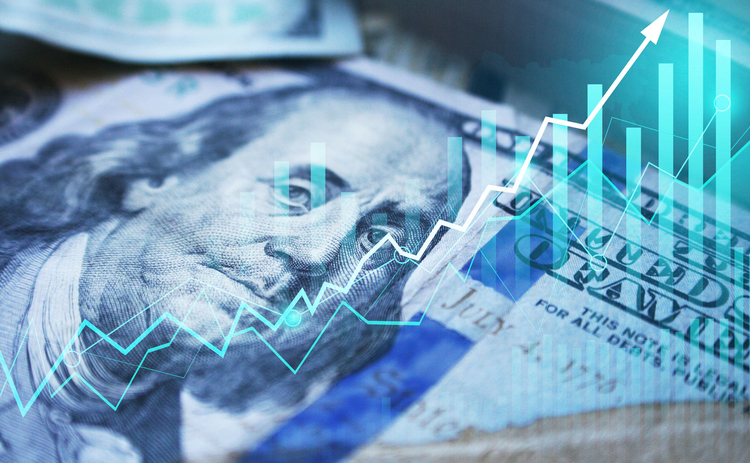The crucial US inflation index increased at the quickest rate since June

The Federal Reserve’s selective inflation gauge increased last month at a faster pace. This condition was last seen in June, which is like a warning that the cost pressure stays entrenched in the US economy. It may prompt the Fed to raise interest rates again this year. The rise in the inflation index has become the primary topic of the Breaking News Network.
The report that says it all
The Commerce Department released a report on Friday that showed consumer goods prices increased by 0.6% in January as they increased by 0.2% from November to December. Considering the yearly base the price increased by 5.4%, which in December was 5.3%.
Even after excluding volatile food and energy prices, the core inflation rate has risen to 0.6% since December, with another 0.4% added last month. Comparing the previous year, there was a rise in core inflation of 4.7% in January.
According to the report, consumer spending increased by 1.8% last month compared to December after falling significantly the previous month.
The price data for January exceeded forecasters’ expectations, deflating hopes that inflation would remain stable. The Fed could relent on the timing of the rate increase. It also follows other research that indicates the economy is still gripped by inflation, despite the Fed’s strenuous efforts to control it.
Previously, the government released a separate measure of inflation that showed a 0.5% increase in consumer prices from December to January. It is much more than the earlier month with a 0.1% increase. The yearly data reveals, that consumer index prices increased by 6.4% in January. This is well below the current spike which was around 9.1% in June, but it is still far above the Fed’s 2% inflation target.
The measures taken
Since March of last year, the Fed has focused on taming inflation by increasing its crucial interest rate eight times. With high borrowing costs for businesses and individuals, the job market remains strong. It is a concerning sign for the Fed because the demands of the workers are increasing due to the fuel price increase, economic growth, and overall inflation. Employers added nearly 517,000 jobs last month, and the rate of unemployment fell to 3.4%.
The Fed is hoping that if the right actions are taken at the right time, it will be able to control the rate hike. Some of them are price pressures being reaccelerated by a strong labor market, which will restore income. The Fed is likely to monitor the inflation gauge, which was published in the personal consumption expenditures price index. It will even have a closer look than the government’s better-known CPI.
The PCI index shows a low level of inflation as compared to the CPI. It could be because rents have soared, which carried more weight in the CPI as compared to the PCE. The price index of PCE also looks to account for changes in how people shop when there is a hike in inflation. As a result, it captures emerging trends such as consumers shifting away from pricey national brands in favor of less expensive store brands.
The consumer price index increased by 0.5% from December to January, which is cause for concern. With this being the topic of Breaking News Network, the government is keen to improve its current measures.





